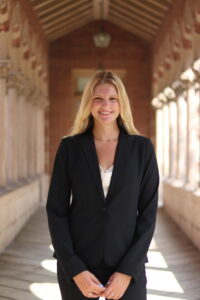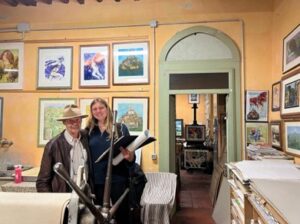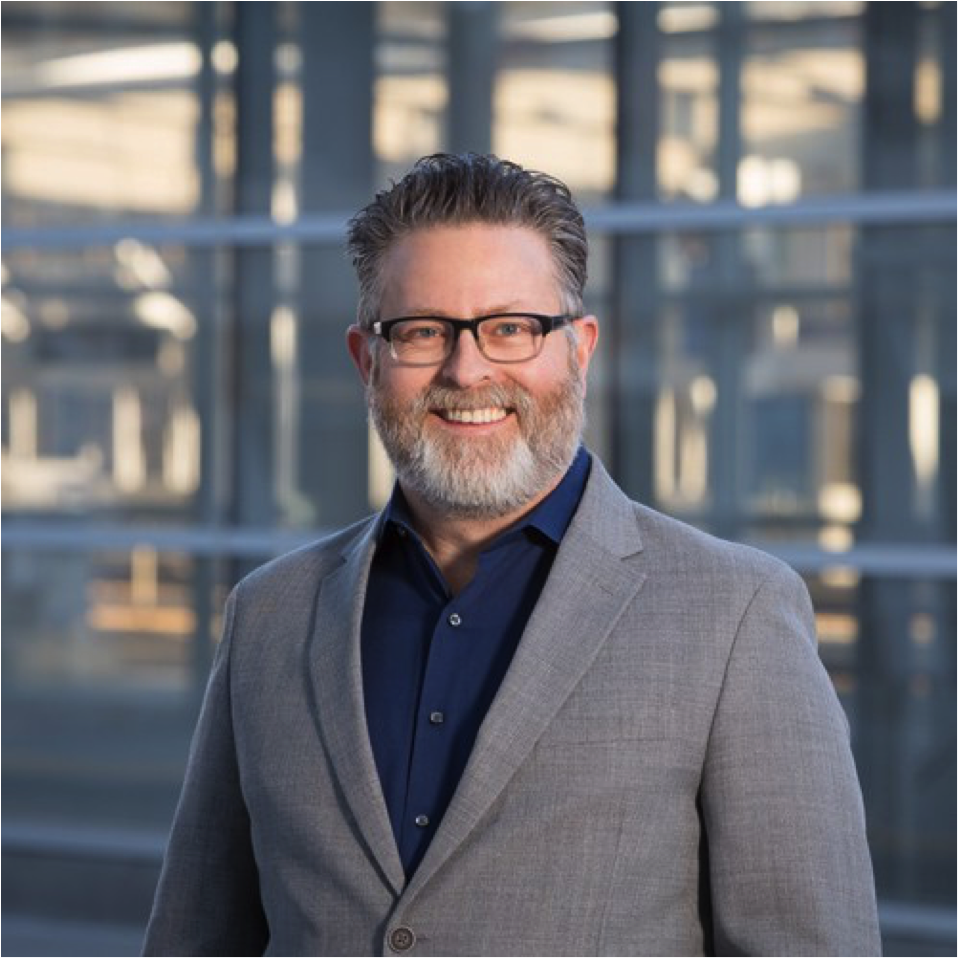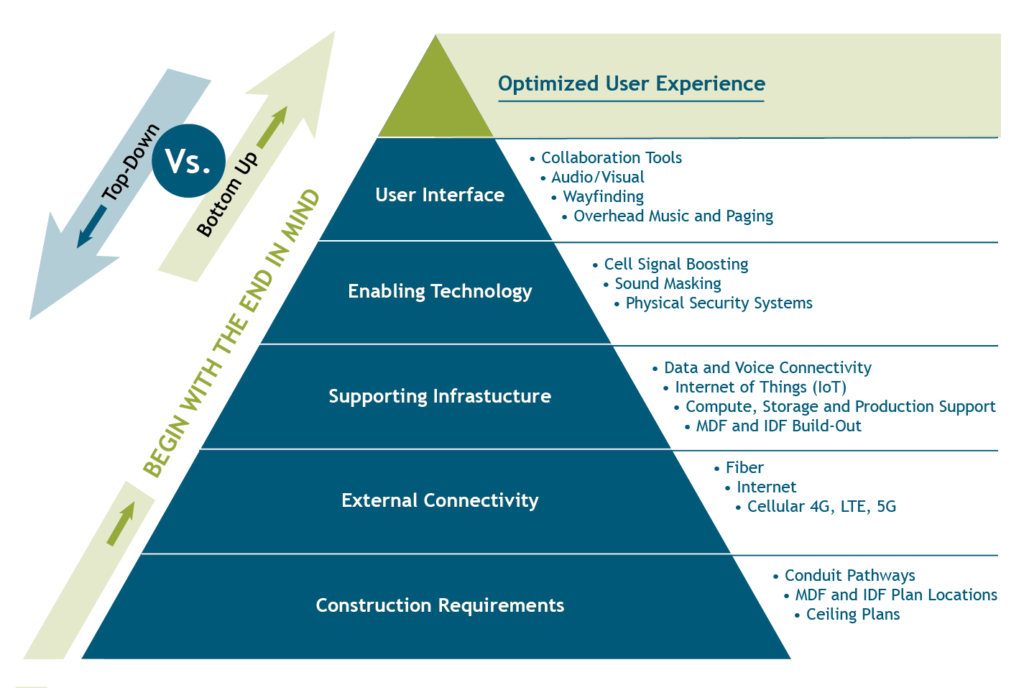Does positive social change start with wonder? Denise McHugh, executive director of the Spark Community Foundation, suggests that it may. For the past 16 years, Denise has facilitated a large-scale collective impact initiative focused on reducing and preventing youth homelessness across rural Colorado. During SageRiver’s latest conversation about how wonder can inspire strategy and innovation, Denise shares the WONDERFUL tools and frameworks that are helping communities to spark change.
SageRiver (SR): Thank you for being part of our exploration of wonder. One of the topics that’s been very interesting to us—part of our wonderings—is the concept of collective impact. So, could we start by asking you to explain what collective impact is?
Denise McHugh (DM): Collective impact is a structured way for organizations across sectors, such as government agencies, nonprofits, faith-based groups and others, to achieve equitable large-scale social change. The framework involves specific elements, such as a common agenda, ongoing communication, measurement and evaluation, and mutually reinforcing activities of the participating organizations. It also includes a shared management system, which I often referred to as the “backbone,” to support the overall efforts of the initiative.
SR: You’ve been involved in one collective impact initiative for more than a decade. Can you tell us about it?
DH: Yes, it’s called the Colorado Rural Collaborative for Runaway and Homeless Youth. We started with about 13 communities and have grown to 40. Our common agenda is to prevent and reduce youth homelessness in rural Colorado. The project started with a grant through the Colorado Department of Human Services (CDHS). They had noticed that many rural youths became homeless when they left foster care. To get services, many runaway and homeless youth had to go to urban areas, which meant leaving behind whatever support networks they had. CDHS wanted to develop a system where rural youth could receive support, resources and housing within their home communities.
SR: So, you’ve found collective impact to be a dynamic, flexible model—and that’s our experience at SageRiver, too. What changes has your collective impact initiative adapted to over the years?
DH: With so many communities involved, we’ve learned to support different stages of readiness within each community. For example, a new or emerging community may start with prevention services, while a more established community may already have those services in place and be focused instead on expanding housing and aftercare options. When we look across all 40 communities, we can now say we have a full continuum of care in place for rural runaway and homeless youth.
More recently, we’ve added another component that I find inspirational. It’s a youth action board—called Youth MOVE Colorado—comprising youth from across rural Colorado. They provide insights and perspectives that we use to adapt our efforts to the lived experiences of youth in these communities.
SR: As you look back, what lessons have you learned?
DH: I’d say one of the first is to have clear messaging. Collective impact as a concept is often hard for people to understand. In the beginning, we would look at people’s faces, and you could tell they didn’t understand what we were talking about. So, we’ve learned to translate the terminology of collective impact into everyday language and use graphics to paint the picture.
We also learned that it’s important to build on what already exists in the community. Every rural community has a human services department and school district, for example. It’s essential to understand what strengths the community already has and which organizations or people are most trusted by those you ultimately want to serve. Those organizations may be the best direct service providers or faces of the initiative, while others play behind-the-scenes roles.
Another big lesson is the importance of a common agenda. Everyone will say, “Oh, yes, we want to prevent and reduce youth homelessness.” But what does that really mean? And how does it play out in a community? We’ve learned to invest time up front to articulate a common goal and agenda. It’s the glue that holds everything together. Each community can tailor its efforts, but we have values and principles that are common across every community.
SR: You spoke earlier about a supporting management structure—or backbone—for the collective impact initiative. What does the backbone do?
DH: One of the key functions is to help secure funding. In working with rural communities, for example, we’ve found that agencies rarely have grant writers on staff. So, we do a lot of fundraising support, as well as coordinate the distribution and reporting of monies in compliance with different funders’ requirements.
Our backbone organization also established key indicators and a shared measurement system to support ongoing learning and continuous improvement. We have an evaluator on staff who collects and synthesizes data and produces a monthly snapshot, as well as more in-depth quarterly reports. The data are gathered across the collaborative and shared at our monthly meetings. We also meet with individual sites to identify what they are doing well and where they might want to focus their efforts next.
Additionally, we provide much of the training and technical assistance, as well as pair sites so they can learn from each other. One site might be doing well at engaging youth living on the street, while another has successfully reunified families. Our sites serve as teachers for each other, which further strengthens relationships across the collaborative.
SR: That’s exciting! There’s so much to explore with this topic, but let me close with a question related to our theme for the year. How does wonder factor into collective impact?
DH: To be effective, you must ground the work in powerful questions and deep curiosity—or wondering—about the lived experiences and perspectives of others. What is it like to spend the winter living in an abandoned horse trailer because you don’t have any other shelter, for example? Who would you trust to offer help? What would you want—and what would really make a difference?
This is where our experience with the youth action board expanded our perspective. Youth are incredible, out-of-the-box thinkers, and they’ll share their ideas if they really believe someone is interested and willing to listen. But that collaboration starts with wonder—with a sense of humility and openness to other people and new ways of thinking. If we can help people and communities nurture their wonder, there’s no limit to what we can do.
***
If you’d like to learn more about how to map existing resources and connections for a collective impact initiative, take a look at the example below. (Click to enlarge.)





 Addie Bouck (AB): I’ve always been interested in consulting. The project-based structure and the problem-solving focus really pulled me into the industry. SageRiver’s size—coupled with its clear focus on strategy—gives me a perfect opportunity to explore the industry while getting hands-on experience. I was also excited to work with this amazing team within a company culture that I find inspiring and enjoyable. The SageRiver culture is one I will look for in future jobs.
Addie Bouck (AB): I’ve always been interested in consulting. The project-based structure and the problem-solving focus really pulled me into the industry. SageRiver’s size—coupled with its clear focus on strategy—gives me a perfect opportunity to explore the industry while getting hands-on experience. I was also excited to work with this amazing team within a company culture that I find inspiring and enjoyable. The SageRiver culture is one I will look for in future jobs. I also spent this past May in Barga, Italy, a small town just north of Lucca. with the wonderful artist Swietlan Nicholas (Nick) Kraczyna (pictured at left). He was my drawing professor during my semester abroad in Florence and is staging an exhibition commemorating the 50 summers he has spent creating art in Barga. He is a printmaker known for his multiplate color etchings, and he needed help producing the etchings for his show. I was lucky enough to learn from him and work in his print shop. It was a dream.
I also spent this past May in Barga, Italy, a small town just north of Lucca. with the wonderful artist Swietlan Nicholas (Nick) Kraczyna (pictured at left). He was my drawing professor during my semester abroad in Florence and is staging an exhibition commemorating the 50 summers he has spent creating art in Barga. He is a printmaker known for his multiplate color etchings, and he needed help producing the etchings for his show. I was lucky enough to learn from him and work in his print shop. It was a dream. A conversation with Layer 10 Consulting
A conversation with Layer 10 Consulting SR: Based on your experience, do you believe technology drives culture change?
SR: Based on your experience, do you believe technology drives culture change? The Institute for Career Advancement Needs (ICAN) has been building authentic, whole-life leaders for more than 35 years. SageRiver sat down with Julie Burrell Lillig, director of strategic partnerships at ICAN, to learn about ICAN’s unique philosophy and approach to supporting leaders at each stage of the development journey.
The Institute for Career Advancement Needs (ICAN) has been building authentic, whole-life leaders for more than 35 years. SageRiver sat down with Julie Burrell Lillig, director of strategic partnerships at ICAN, to learn about ICAN’s unique philosophy and approach to supporting leaders at each stage of the development journey.